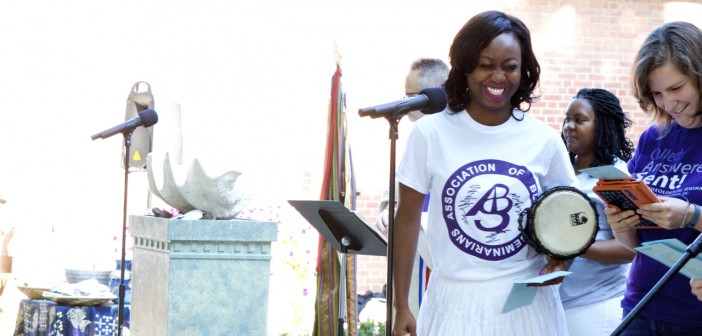How to start a contemporary service if you don’t know what it is like. This was the dilemma that faced Union United Methodist Church in St. Louis. Some members had experienced a form of contemporary worship, and others had not. Some had preconceived ideas while others thought only traditional worship was appropriate. Some thought we needed to try it, and others were ambivalent. In the discussion, it was noted that contemporary worship is contextual and may be different depending on the congregation. As the discussion continued, we realized that we needed to experience contemporary worship.
We learned that contemporary or casual or praise worship is whatever that congregation passionately creates. We also learned that this worship appeals to all generations.
We talked about asking people to visit other churches. Should we have one group visit several churches or several small groups visit one church each? Then we wondered if we could have several churches bring worship to us. It was nearing summer, and a Sunday evening service twice a month seemed like a possibility. People who were away for the weekend could get back to worship in a casual, come-as-you-are style. If we had worship at night, it would not interfere with morning worship. People that like traditional worship could come Sunday morning and then try a different experience in the evening. We had a core group of people who pledged to come to every worship service.
We invited churches from our own denomination in our region. Some are similar in size, and others are a little bigger. Each church had traditional worship and a non-traditional service that they called praise, contemporary, or casual. Five churches agreed to bring their service for our summer evening worship. Some churches had been doing contemporary worship for a few years while others, for only a few months. We experienced music from prerecorded accompaniment compact discs, to a few instruments, and also complete bands. We enjoyed movie clips that enhanced the service or the sermon. One church wrote a skit, and another produced its own mission video. We listened to different pastors and preaching styles. As a pastor, I really enjoyed worshiping and listening to other sermons. Each team brought its own unique style. We learned that contemporary or casual or praise worship is whatever that congregation passionately creates. We also learned that this worship appeals to all generations.
Most important, we now are prepared to address the question of whether or not to begin a contemporary service — and what one might look like in our context.






